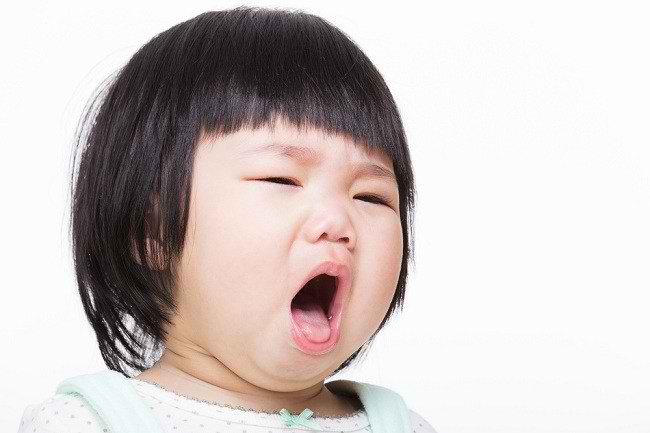Recognize TB in Children and Proper Treatment
TB in children occurs because the child breathes the Mycobacterium tuberculosis bacteria in the air. These bacteria then stay in the lungs and can develop to other body parts , like spine, kidney, even brain.
Children affected by tuberculosis or tuberculosis are likely not infected by their peers, but from adults who suffer from the disease.

When an adult suffering from tuberculosis coughs or sneezes, the bacteria that causes tuberculosis will spread into the air. At that time, transmission of tuberculosis to people around him can occur, both to children and adults.
TB infection in children
TB, or commonly called TB, is divided into two stages, namely:
Exposure stage ( exposure )
At this stage, the child has been infected with TB germs. However, if the child's immune system is strong, the TB germs can be suppressed so that they do not cause any symptoms.
Some cases of childhood tuberculosis, especially in older children, the infection only reaches the stage of exposure. If like this, the child does not experience any complaints even though the tuberculin examination results show that he has been exposed to TB germs.
Stage of active TB disease
If a child's immune system is unable to fight the incoming TB germs, the germs will multiply and cause TB disease. Some symptoms of tuberculosis in children are:
- A long cough that doesn't heal, usually for more than 3 weeks.
- Fever for more than 2 weeks.
- Coughing up blood.
- Body l
- Loss of appetite.
- Weight doesn't increase.
- Shortness of breath.
- Sweating at night.
- Swollen lymph nodes.
- Stunted growth.
Child TBC Examination Method
Even though you have had a physical examination and chest X-ray, you may not find any signs of TB infection in your child. To get more accurate results, the doctor will perform a tuberculin skin test or Mantoux test.
The tuberculin test is performed to determine whether the child has been exposed to tuberculosis bacteria. If the tuberculin test results are positive, it is likely that the child has been infected, especially if the symptoms do support.
In addition to performing the tuberculin test, the doctor will also perform phlegm examination and sputum culture to find out whether TB germs are in the child's body, especially in the respiratory tract.
TB treatment for children
If the child has tested positive for TB, then treatment needs to be done immediately. Treatment of tuberculosis is given to children who are already in the stage of active tuberculosis, as well as children who have been infected with TB germs even though they have not shown symptoms.
Children who have just been infected with TB bacteria and have not shown symptoms of active TB will be given an isoniazid antituberculosis (OAT), which must be taken every day for nine months.
While in children who have been diagnosed with active TB, the doctor will provide treatment consisting of three types of OAT, namely isoniazid , pyrazinamid , and rifampicin i>. These drugs must be taken every day for 2 months. Then for the next 4 months, only two types of drugs were continued, namely rifampi in and isoniazid . p>
Not all TB drugs for adults can be used in children. Children are generally not given the OAT type ethambutol , because this drug can have a harmful effect on a child's vision.
Until now, Indonesia is still one of the countries with the most TB cases in the world. Through various government programs and counseling to increase public awareness of the importance of health care, it is expected that the number of TB patients in children can decrease.
By undergoing treatment to completion according to the duration determined by the doctor, children can recover fully from TB and avoid complications.
Label : Family
Comments
Post a Comment